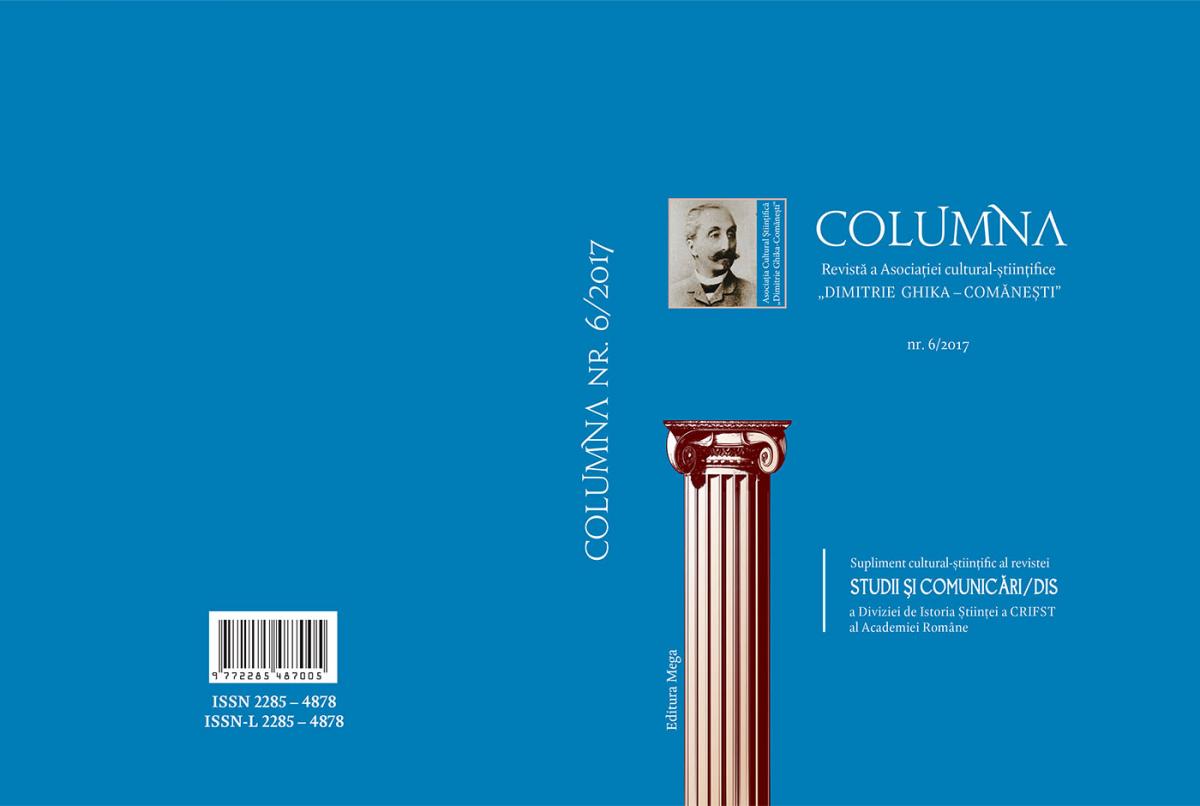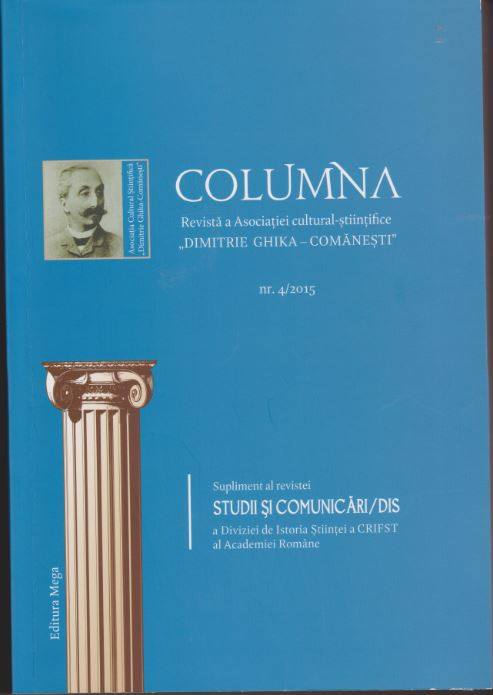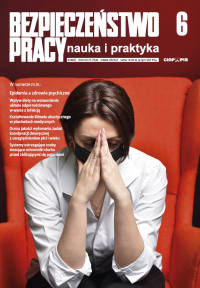Author(s): Sehra Birgül Batmaz / Language(s): English
Issue: 1/2020
Background: Tuberculosis (TB) is a common public health problem and early diagnosis and treatment is important. Aim of the study: The aim was to evaluate complaints and radiological features, drug side effects, changes in radiological findings after treatment, and to evaluate the factors affecting this change in patients with pulmonary TB. Material and methods: One hundred patients with pulmonary TB were evaluated, and the following data recorded: age, gender, contact with TB patient, complaints, physical examination, tuberculin skin test, acid resistant bacillus, polymerase chain reaction and culture results, posteroanterior/lateral chest radiographs and thorax computed tomography findings at presentation and after treatment, treatment duration, and side effects. Treatment adherence and follow-up data were evaluated, and radiological findings before and after treatment were compared. In predicting radiological improvement, the effects of age, sex, duration of complaints, living in in rural/urban areas, treatment duration, treatment adherence, follow-up, and presence of cavitation were examined. Results: Mean age was 6.0 ± 4.2 years. 66 of the patients had contact history with TB patients. The most common complaint was cough, whilst infiltration and/or mediastinal lymphadenopathy were the most common findings in radiological examination at presentation. 84 patients were scheduled a treatment program for 6 months. Improvement in radiological findings were significantly better in patients who adhered to medication and follow-up protocols. Age, sex, complaint duration, living in rural/urban areas, treatment duration and presence of cavitation were not significantly associated with radiological improvement. Conclusions: Pulmonary TB should be considered in patients presenting with cough, even if their physical examination and chest radiographs are normal. Adherence to anti-tuberculosis treatment and follow-up were the most important factors in radiological improvement.
More...









